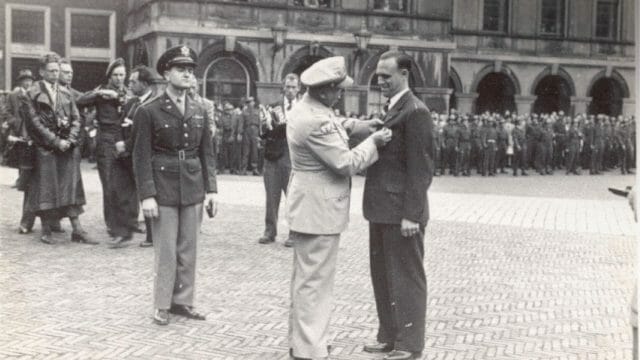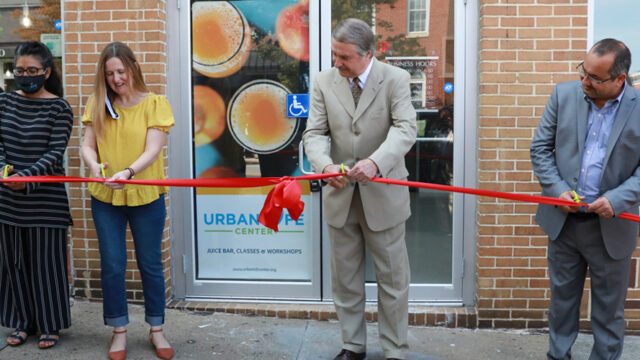On a hot July afternoon I climbed a steep path to Wartburg Castle, overlooking the town of Eisenach in Germany. People around me […]
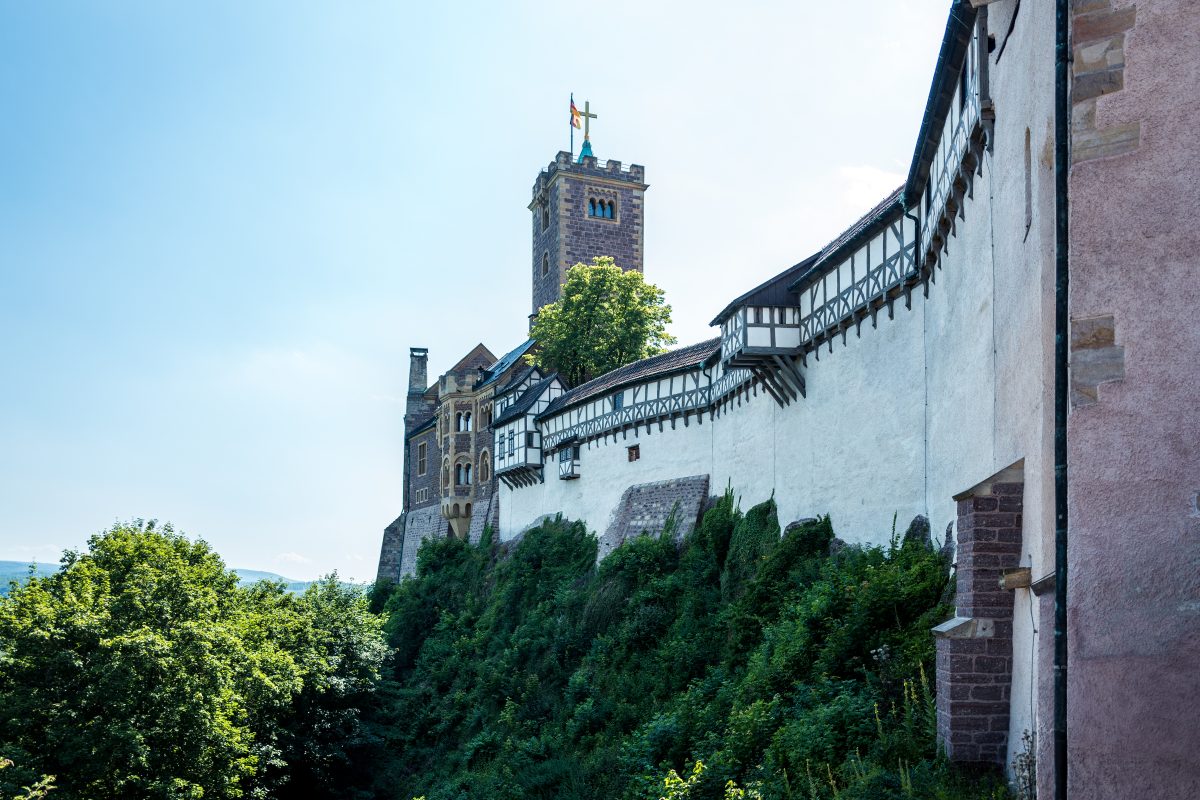
On a hot July afternoon I climbed a steep path to Wartburg Castle, overlooking the town of Eisenach in Germany. People around me were engaged in conversations. I became very quiet as I imagined how another man, known to the castle’s inhabitants as Junker Jörg (Knight George), made his way up to the stronghold that would be his home for the next 10 months.
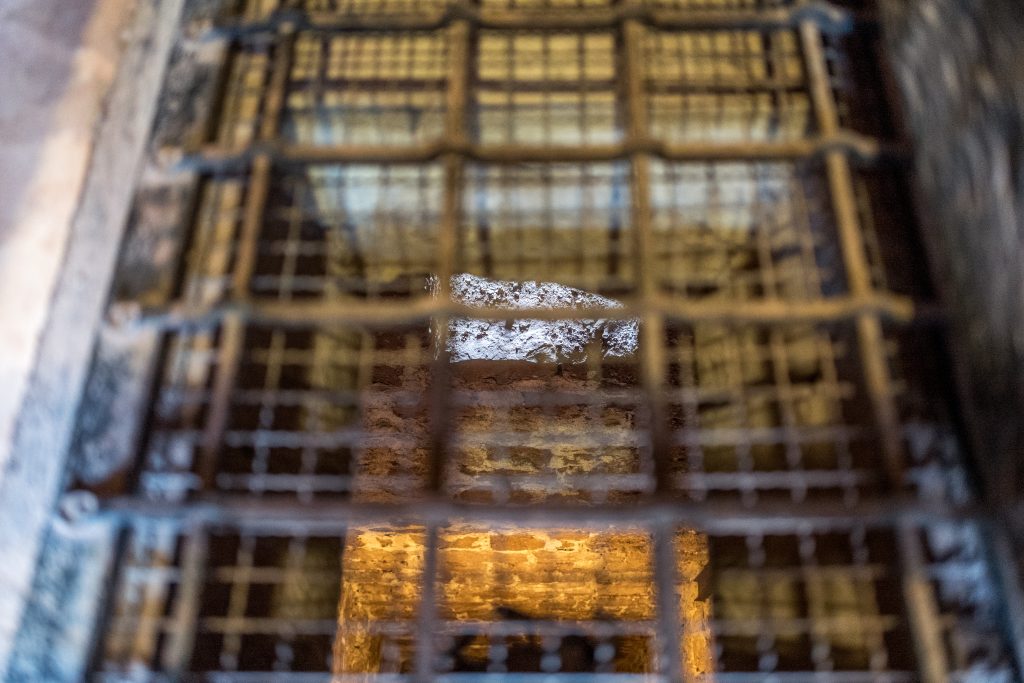
We know this man as Martin Luther. Following the climactic ending of the Diet in Worms and the Bann and excommunication pronounced by Pope Leo X in the face of Luther’s refusal to recant his views on Scripture and salvation, the Reformer had been whisked away on the orders of Frederick the Wise and brought to a safe place.
This was the place, I thought. Following years of studies and close contact with God’s Word in Greek, Hebrew, and Latin, Luther completed his German translation of the New Testament in 11 weeks. Eleven weeks of dedicated labor changed the face of Germany—and the world—forever. Scripture, which had been kept from people for centuries, blazed through the hearts of readers and listeners alike, who, for the first time, heard God speaking German.
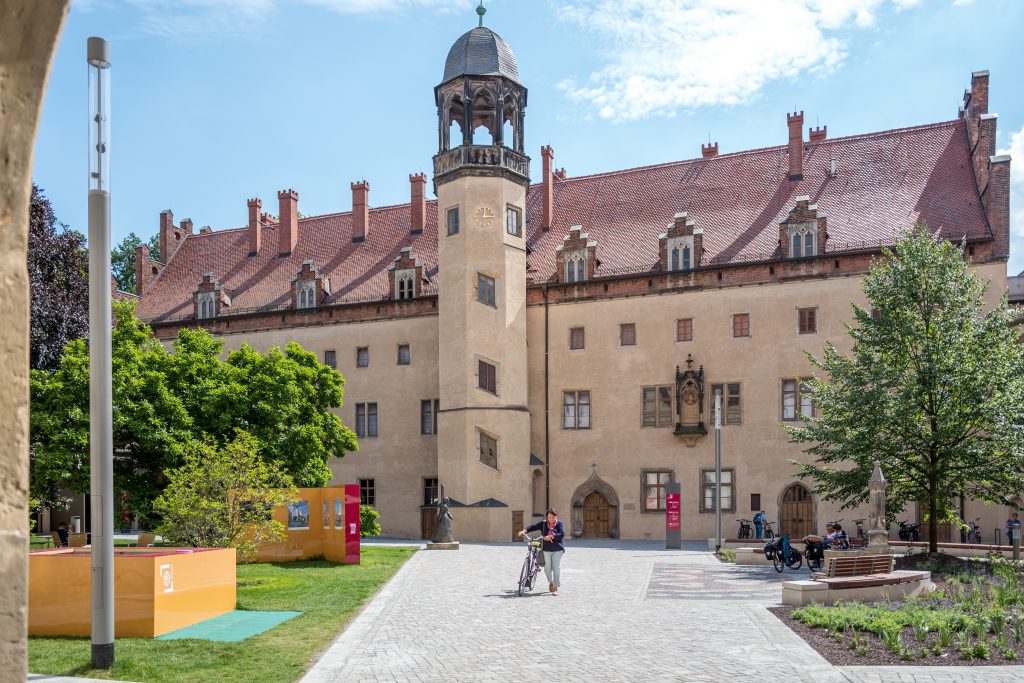
We can see the power of the Word as it spread through Europe, inspiring translations in other languages and a reformation movement that transformed the then-known world. I appreciated Ellen White’s description of Luther’s months in Wartburg: “From his rocky Patmos he [Luther] continued for nearly a whole year to proclaim the gospel and rebuke the sins and errors of the times.”*
Our Reformation journey lasted only a couple days. We sat in the chapel of the Augustinian monastery in Erfurt where young Luther desperately tried to find a gracious God—yet realized, again and again, his own failures and shortcomings. He tried hard.
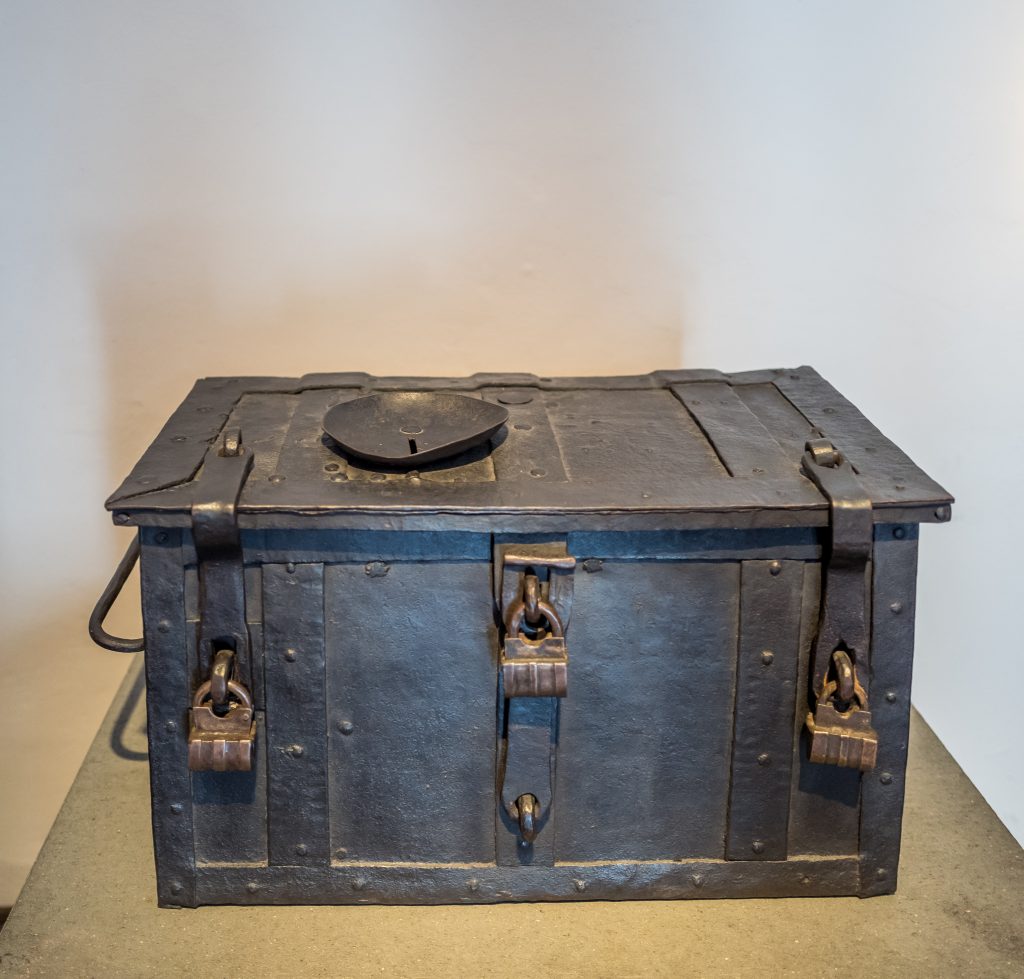
We walked the streets of Erfurt’s old city, where Luther had studied law prior to his entrance to the monastery.
We visited Luther’s home in Wittenberg, the place the Reformation first let down roots when Luther published his 95 theses, also known as the “Disputation on the Power of Indulgences,” where he argued vehemently against the sale of indulgences. Five hundred years after this pivotal moment in the history of Christianity in 1517, I sat in Wittenberg’s Stadtkirche (city church), where Luther often preached and looked at an image of the Reformation-Altar painted by Lucas Cranach the Elder and the Younger, showing Jesus on the cross in the center of the image.
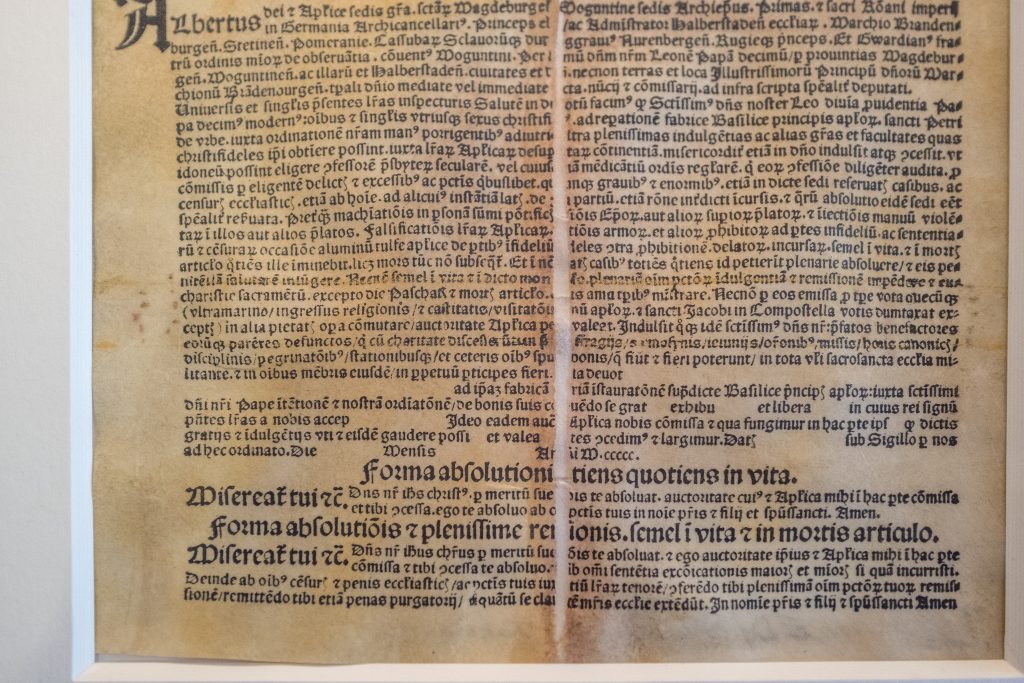
Salvation by faith became the rallying cry of the Reformation. Jesus was on their banner. Paul’s “The just shall live by faith” (Rom. 1:17) helped Luther recognize his utter need of divine grace. Theologians summarize this as sola gratia (“by grace alone”), sola fide (“by faith alone”), and solo Christo
(“by Christ alone”). Together with sola scriptura (“by Scripture alone”), they represent the foundation of the Reformation—and continue to do so for the Seventh-day Adventist Church.
As I saw the exhibits and walked the streets these early Reformers had walked I felt, once again, God’s gentle invitation to let Him do what I cannot do for myself: to rest in Him like a little child nestling in the Father’s arms; to hear the Spirit speaking through His every Word. Back to basics— soli Deo gloria. n* Ellen G. White, The Great Controversy (Mountain View, Calif.: Pacific Press Pub. Assn., 1911), p. 169.
Gerald A. Klingbeil was born and raised in Germany. He serves as associate editor of Adventist World and lives with his family in Silver Spring, Maryland, United States.




